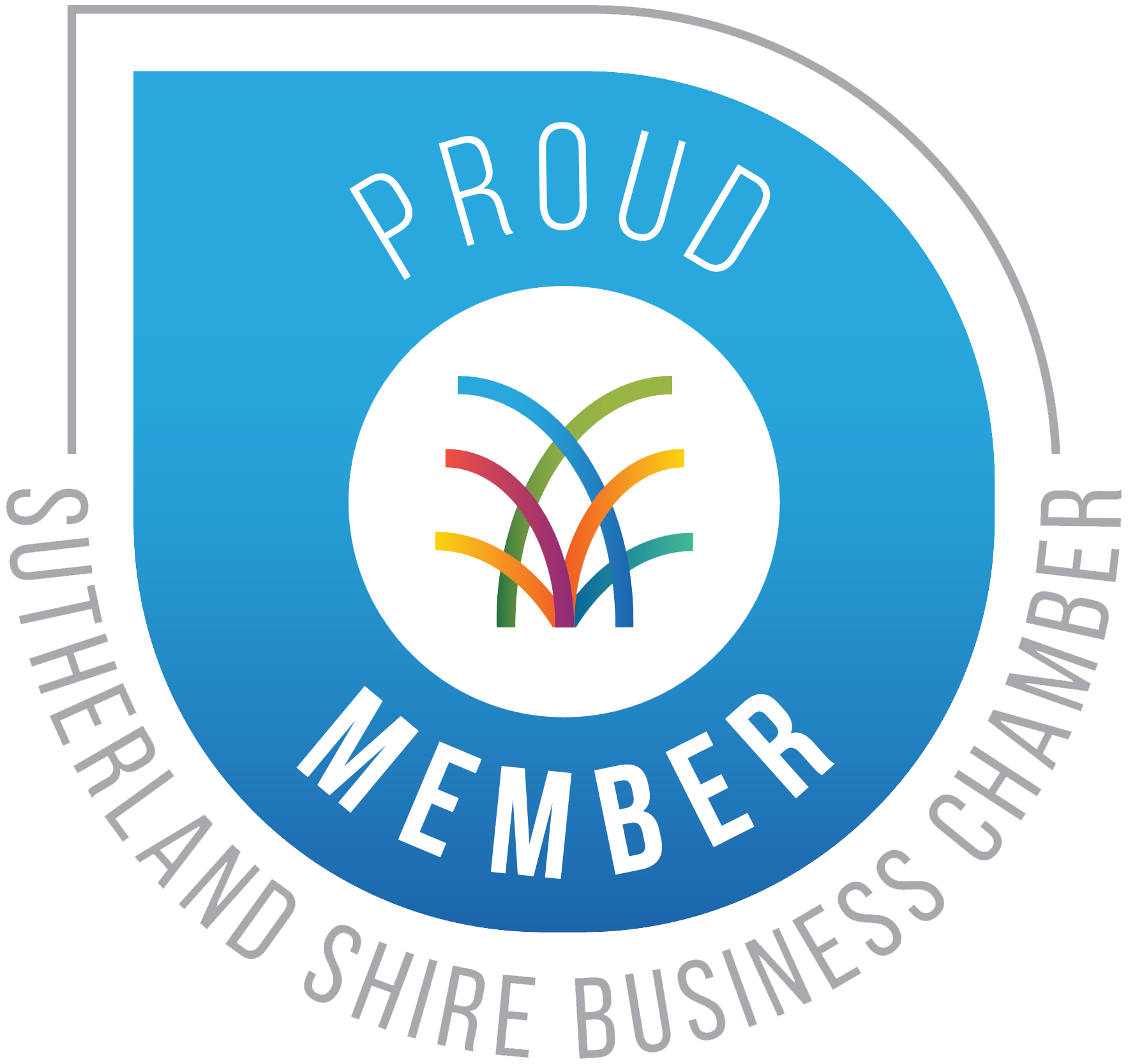As small businesses grow, they begin to feel uncomfortable and there becomes an inevitable point when the charm of improvisation meets the need for structure. This point in business is often marked by a whirlwind of activities, feeling rushed and stretched becomes the norm and mistakes become more frequent.
Until this point, the processes within your business might have felt natural, led by your intuition and hands-on involvement. However, this approach, while admirable for its agility, comes with a fundamental limitation—it isn’t designed for sustainability or scalability.
The transition from person-dependant operation to a process-driven enterprise is not just beneficial but essential. Formalising processes unlocks scalability and efficiency through extracting knowledge from your brain, and into standard operating procedures that ensure consistency, minimise errors. A growing business without processes puts itself at risk, especially in small teams where the departure of a key individual can leave a huge gap in the business’s day to day operating success.
So here you are, at the point your business needs processes. But how do you get started? Let us break it down into 3 simple activities:
1 Identifying Essential Processes for Systemisation, IE figure out WHICH processes your business is built on!
Whether you see it or not, your business is already built on processes, be it sporadic, informal, haphazard, however you wish to describe. But to be effective, they must be identified, documented and ontrained. Here’s how to pinpoint the processes within your business that are ripe for formalisation:
- Service Delivery Mapping: Begin by charting out the entire lifecycle of your service delivery. Visualise how your service transitions from initial customer engagement to final delivery, pinpointing all the critical stages in between. This overarching view will reveal the backbone of your service operations, highlighting the processes that are vital for your business’s offerings.
- Distinguish Core from Support Processes: Core processes are those that directly enhance your value proposition—they’re the magic behind your service, directly impacting customer satisfaction and business differentiation. Support processes, while more backstage, ensure that the show goes on smoothly, handling everything from administrative duties to IT support. For example, in a digital marketing firm, a core process might be the development and execution of a marketing strategy, while a support process could involve invoicing and client onboarding.
- Prioritise: Not all processes are created equal when it comes to systemisation. To navigate this, establish a set of criteria that reflect your business’s unique priorities—be it enhancing client satisfaction, driving efficiency, reducing costs, or mitigating risks. Armed with these criteria, evaluate each identified process against them. This exercise will illuminate which processes are most critical to systemise first, setting a strategic foundation for your systemisation journey.
Not sure which criteria to mark against? CLICK HERE to use our tool which does it for you on a generalised level.
2 DOCUMENT effectively!
Once you’ve identified the essential processes to systemise, the next crucial step is to capture them into clear, actionable Standard Operating Procedures (SOPs). These SOPs are not just documents; they ensure consistency, efficiency, and scalability in your operations. Here’s how to ensure your SOPs are not just created but are living tools that drive your business forward:
- Clarity and Accessibility: An effective SOP is one that is frequently referenced and effortlessly guides the user to the desired outcome. It should be straightforward, devoid of jargon, and structured in a way that makes it easy to follow. Consider including visuals, step-by-step instructions, and any relevant examples to enhance understanding. The goal is to create a document that empowers your team to execute each process with precision and consistency.
- Digital Integration: A good old pen and paper can certainly be used, yet Unsurprisingly, technology can significantly enhance the utility and accessibility of your SOPs. Digital platforms like Miro offer dynamic, visual canvases for mapping out processes in a clean and engaging format. These digital tools not only facilitate easy updates but also allow for a more interactive and integrated SOP experience.
- Task Management Alignment: To ensure your SOPs are not just ‘ticking a box’ but are actually utilised in your daily operations, integrate them with your task management systems. This integration allows your SOPs to be directly linked to task templates, making them an intuitive part of your team’s workflow. By embedding SOPs where the work happens, you ensure they are actively used and remain relevant. This approach also simplifies the process of updating SOPs, as changes can be directly reflected in the task templates, keeping your operations agile and aligned with current best practices.
3 Engage and empower through TRAINING!
Transitioning from informal practices to structured processes requires your team onboard, fostering a collaborative culture and setting the stage for ongoing improvement.
- Early Involvement Equals Ownership: The magic begins when you involve your team from the get-go. While the early iterations of processes might stem from the leadership’s vision, the practical insights and nuances come from those who are in the trenches every day. Engaging your team early not only garners valuable input but also cultivates a sense of ownership and commitment to the new processes.
- Training as a Catalyst for Buy-In: Transitioning to the newly systemised processes isn’t just about handing over a set of instructions; it’s about opening a dialogue. Share the updated processes with your team, encourage feedback, and be open to fine-tuning. This collaborative approach not only ensures the processes are robust and practical but also reinforces team buy-in. Remember, when your team sees the value and rationale behind the change, their adoption and adherence to these processes will more naturally follow.
- Setting the Stage for Continuous Improvement: Market dynamics shift, customer expectations evolve, and new technologies emerge, this means processes cannot be static; they need to be living entities that adapt and grow. Encourage your team to view these Standard Operating Procedures (SOPs) not as rigid rules but as frameworks for excellence that are subject to (and encourage) refinement. Facilitate a culture where feedback and suggestions are valued, and where updates to processes are made seamlessly within your chosen platforms, like task managers. Designate ‘process champions’ within your team who can be the custodians of these updates, ensuring that improvements are methodical and consistent.
Systemising your business can seem overwhelming, especially when faced with the reality that your growing business might be operating on hundreds of intuitive processes. However, the key to tackling this challenge lies in breaking it down into manageable steps.
Start small by focusing on the most critical processes that underpin your service delivery and customer experience. This approach not only makes the task less daunting but also ensures that you’re making impactful changes from the get-go.
Transitioning from an intuitive, founder-centric operation to a process-driven business is essential for scalability. It’s about laying down a foundation that allows your business to grow beyond the confines of individual knowledge. By taking that first step, no matter how formidable it may seem, you’re paving the way for a future where your business can thrive independently, supported by a solid framework of efficient, repeatable processes.












